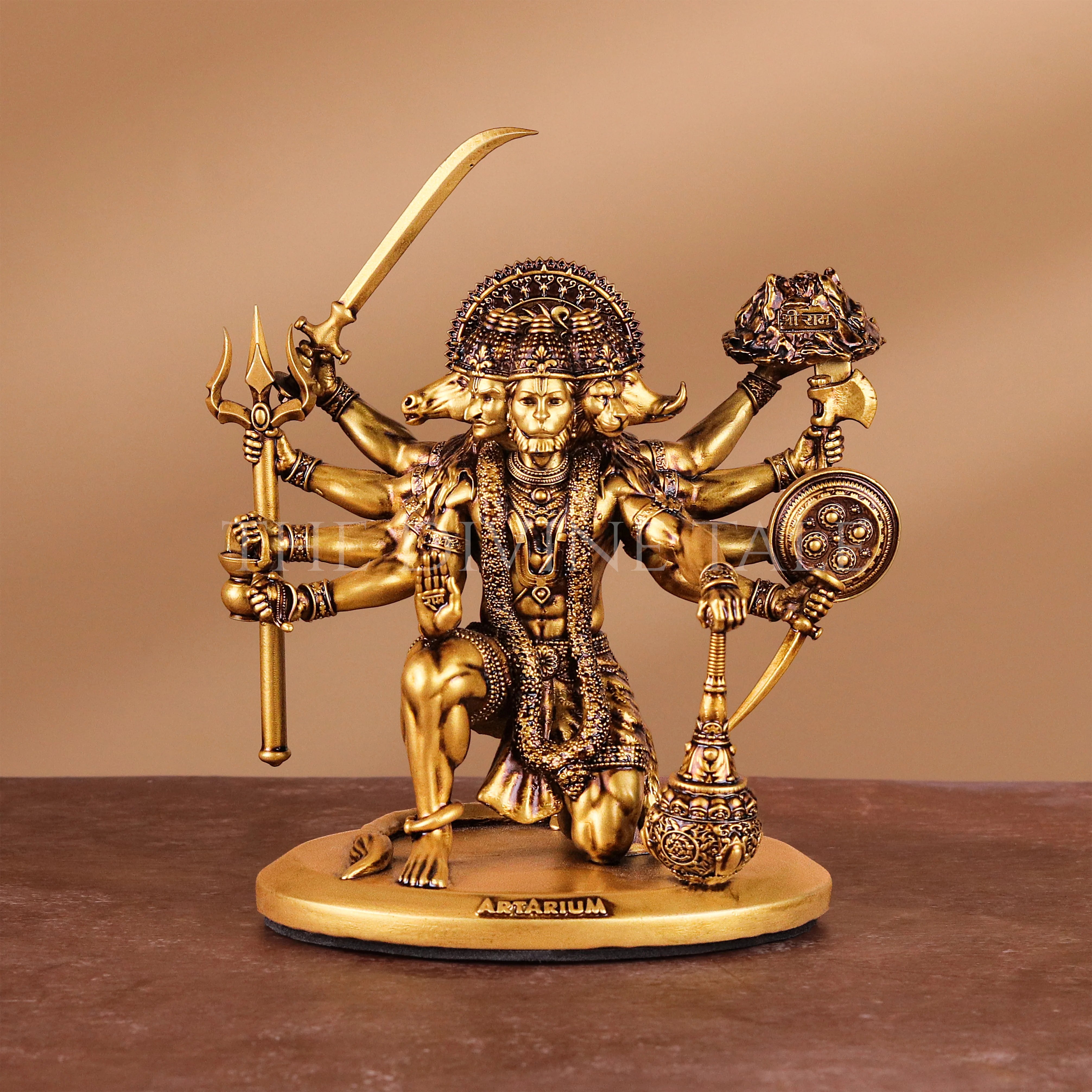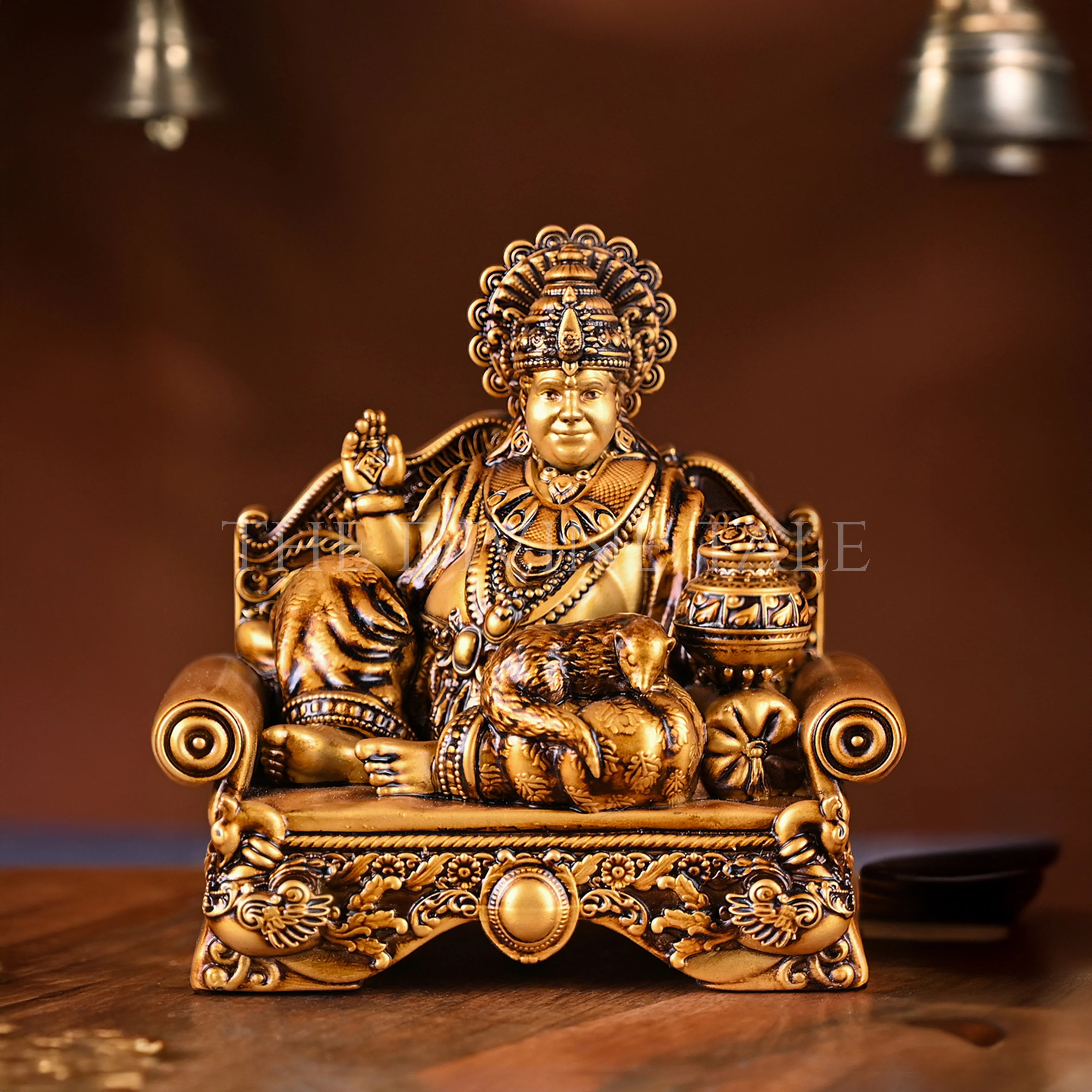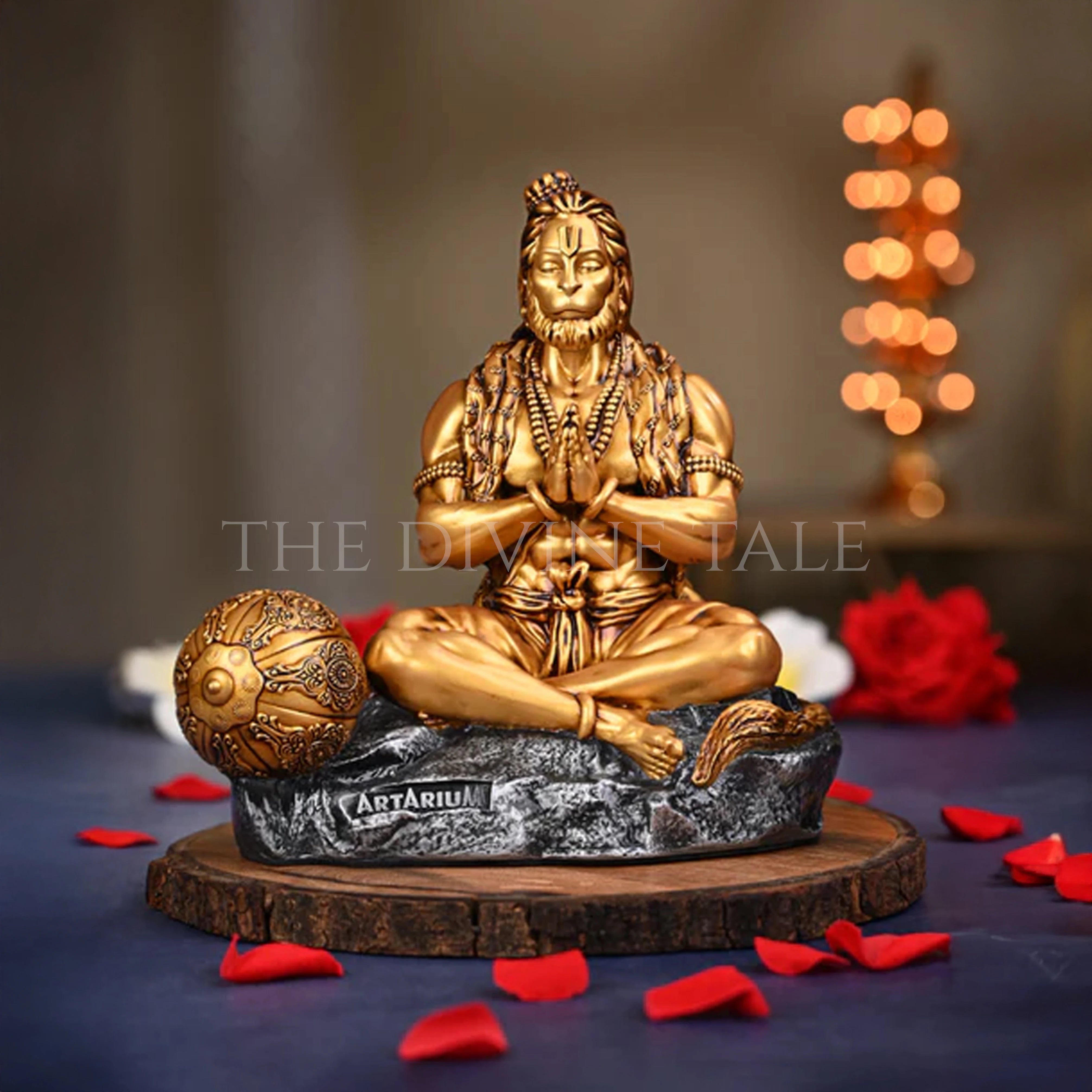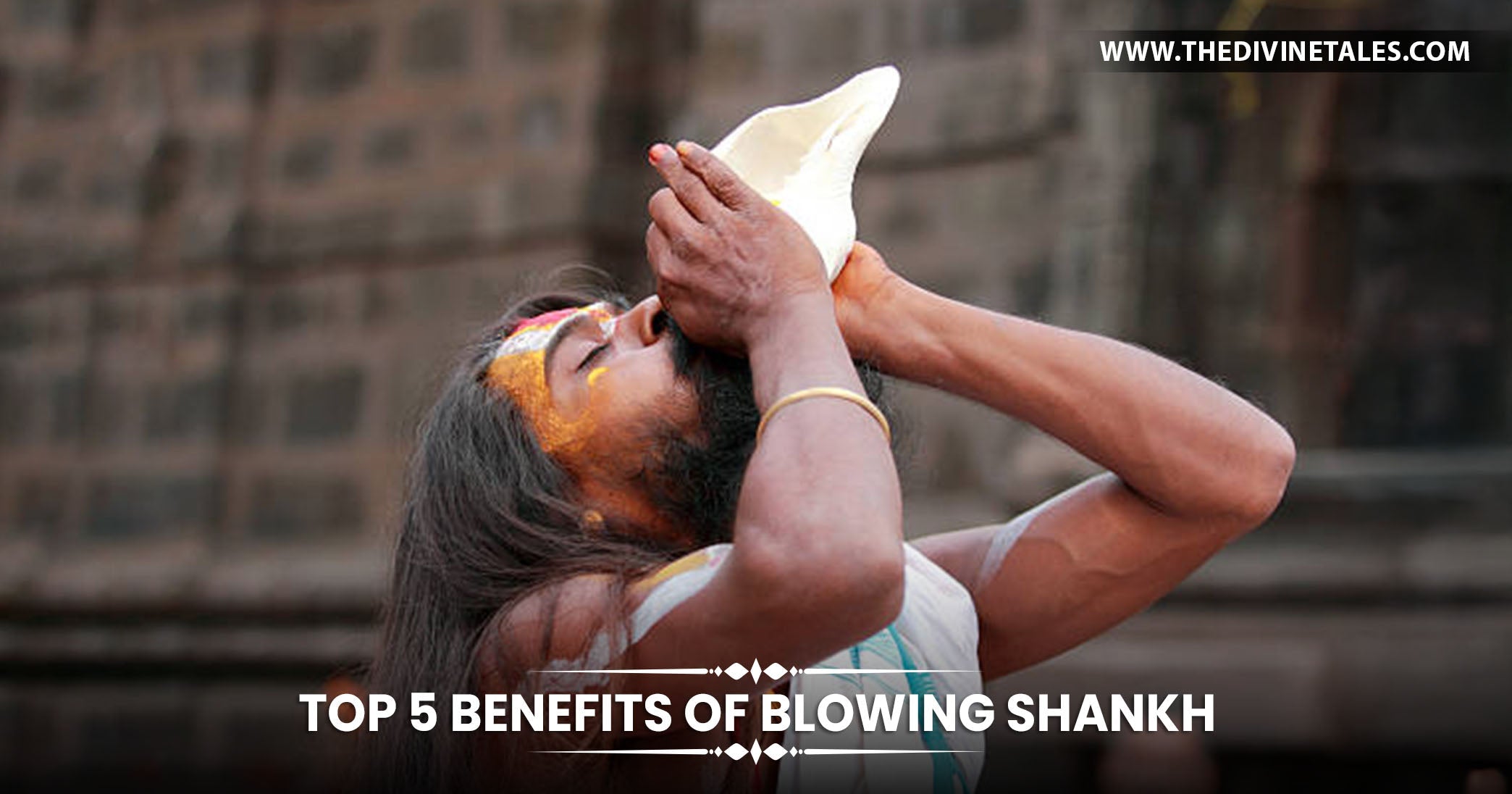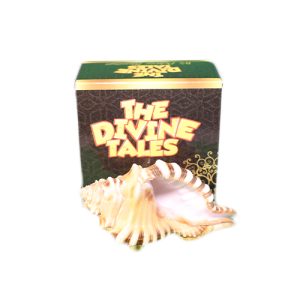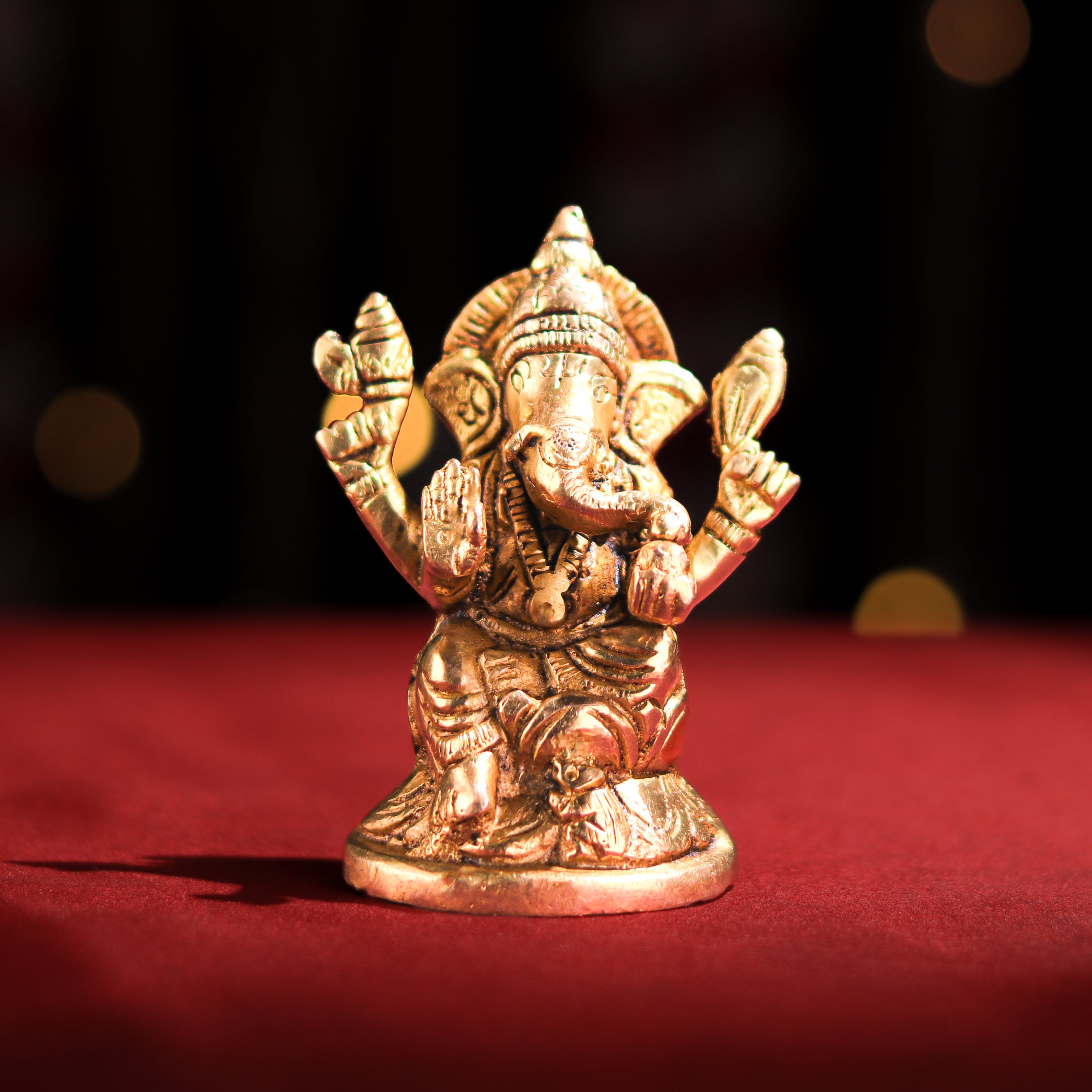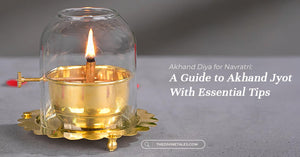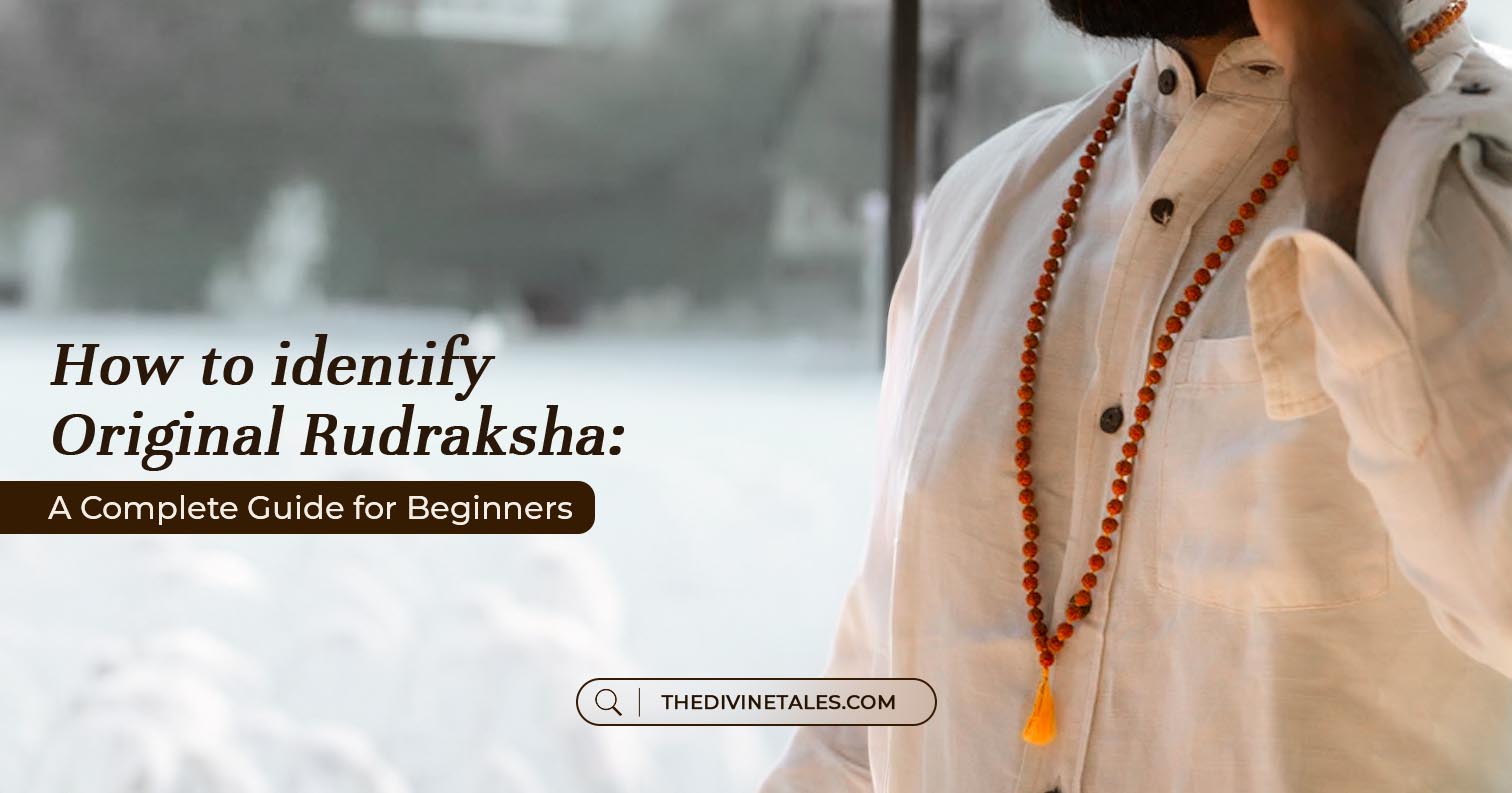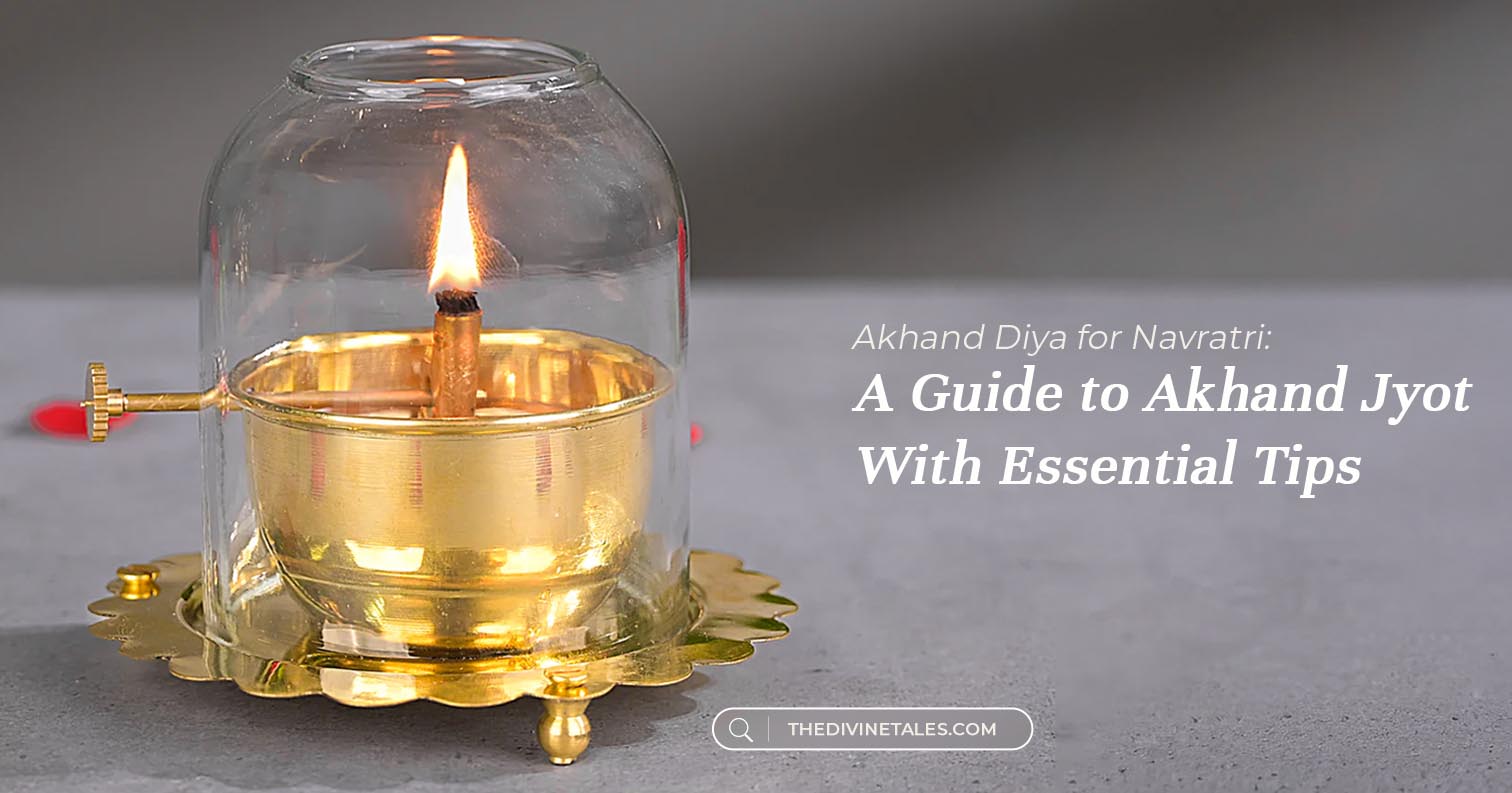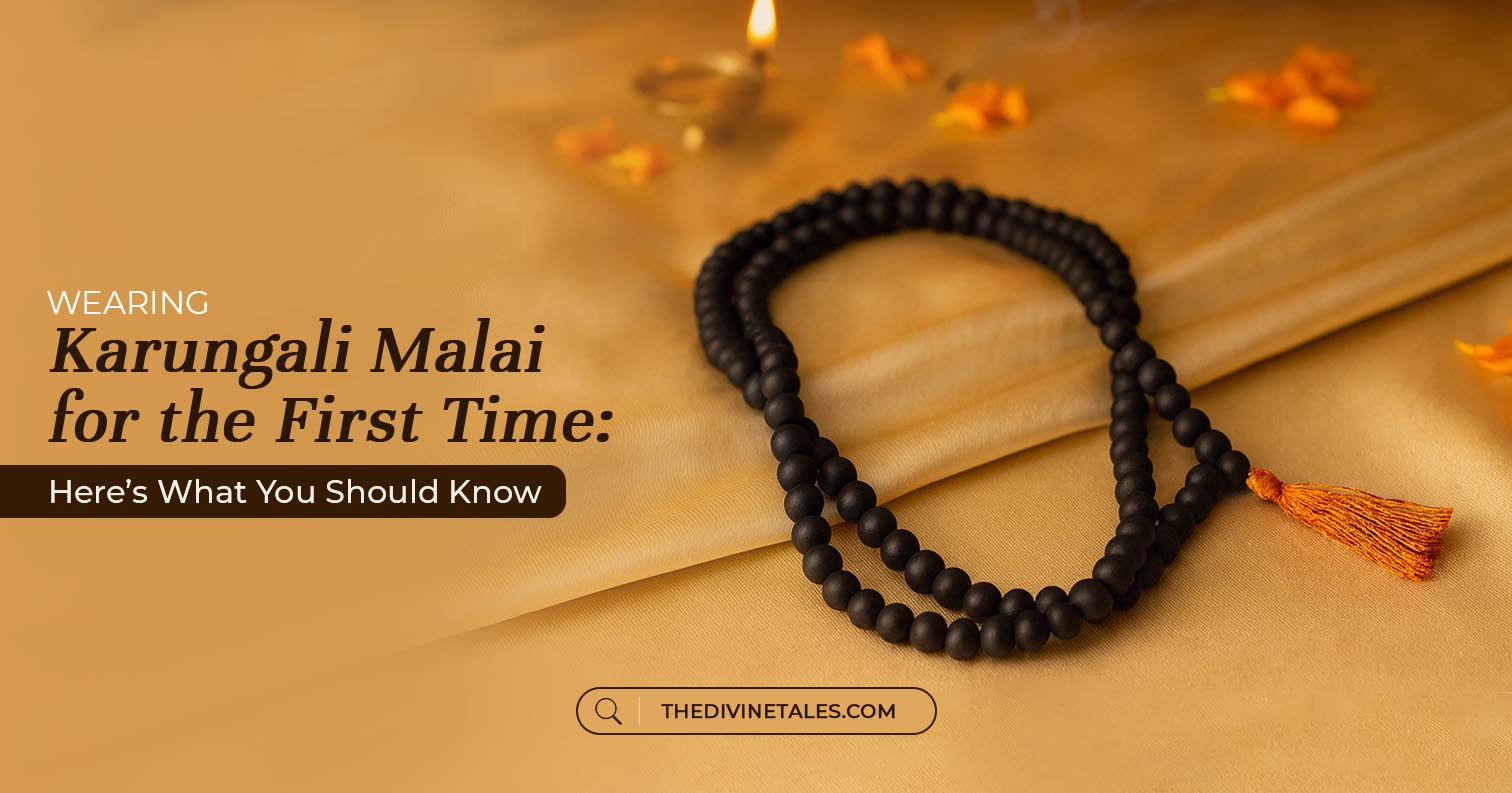Have you ever heard the deep, resonating sound of a shankh (conch shell) during prayers or rituals? It’s a familiar sound in Hindu temples and homes, which often marks the beginning of a puja or an auspicious event in Hinduism.
But did you know that blowing a shankh is much more than just a spiritual practice? It also offers numerous health benefits and has a deep connection to science and ancient wisdom.
From improving lung capacity to purifying the environment, the shankh has been revered as one of the most valued pooja items for centuries. In today’s blog, we will learn more about shankh, its types, and how blowing it can be beneficial for both the body and mind.
What is a Shankh?
A shankh, or conch shell, is a naturally occurring shell that comes from a special type of sea snail. It has a spiral shape and produces a powerful sound when blown correctly. In Hinduism, the shankh is usually associated with Lord Vishnu, who is known to be the preserver of the universe. It is believed that the sound of the shankh represents the sacred syllable 'Om' and carries divine energy.
Shankhs are not just used in religious ceremonies; they also play a role in Ayurveda and Vastu Shastra. In Ayurveda, the ash made from shankh is used for medicinal purposes, especially for treating digestive issues. Meanwhile, in Vastu, keeping a shankh at home is said to attract positive energy and drive away negativity.
Benefits of Blowing Shankh
There are many proven benefits of Shankh that are believed to support both physical and spiritual well-being. Some of these are listed below:
1. Strengthens the Respiratory System
Blowing a shankh requires deep inhalation and controlled, steady exhalation, which help exercise the lungs. This process helps strengthen the respiratory muscles and improves lung capacity. For people with asthma or breathing difficulties, the practice of blowing a shankh regularly can be beneficial, as it aids in improving the overall airflow and maintaining the oxygen levels in the body.
2. Promotes Mental Calmness and Focus
The deep sound of a shankh creates vibrations that can have a soothing effect on the mind. These vibrations help reduce stress and anxiety while promoting mental clarity and focus. Many people use the sound of the shankh during meditation to create a peaceful and focused state of mind.
3. Purifies the Environment
According to ancient beliefs, the sound waves produced by the shankh help cleanse the surroundings by eliminating negative energies. Science also supports this idea, as sound vibrations can alter the energy in a space. That’s why many temples and homes use the shankh to purify the atmosphere before beginning rituals.
4. Helps Correct the Body Posture
If you have ever seen anyone blowing a shankh, you might have noticed how they stand straight, and arch their back, head raised above, and hands up in the air. Well, this is one of the techniques to correctly blow the shankh. So, blowing a shankh requires an erected spine and an open chest. This practice, when performed regularly even for 10 seconds, can help with improved posture.
5. Strengthens Facial Muscles and Improves Speech
Blowing a shankh is an excellent exercise for the face and throat. This process engages the muscles around the mouth, helping to strengthen them. This in turn can improve speech clarity, enhance vocal strength, and even help prevent the sagging of facial muscles over time.
What Are the Different Types of Shankh 
Not all the shankh you see around are the same. They come in different shapes, sizes, and orientations, each with its own significance and purpose. Here are the top five well-known types of shankh and their uses:
1. Vamavarti Shankh
This is the most common type of shankh, with its spiral opening facing the left side. It is widely used in Hindu rituals and is associated with Lord Shiva. The Vamavarti shankh is known for its ability to ward off negativity and bring peace and harmony to its surroundings.
2. Heera Shankh
Heera Shankh is quite a unique type of Shakh, particularly known for its crystal-like texture. It is believed to have strong healing properties and is often used in Ayurveda to make medicinal powders for treating digestive and respiratory issues.
3. Ganesha Shankh
As the name suggests, the Ganesha shankh resembles the trunk of Lord Ganesha. And just like Lord Ganesha, it is believed to remove obstacles and bring wisdom, success, and good fortune. Many business owners and students keep this shankh to seek Lord Ganesha’s blessings for new ventures and academic success.
4. Gaumukhi Shankh (Cow-Faced Shankh)
This shankh has an opening shaped like a cow’s mouth ('gau' meaning cow and 'mukhi' meaning face). The cow is considered sacred in Hinduism, and this shankh is used in special rituals to invoke divine blessings. It is believed to create a protective shield around the house and bring positivity.
5. Dakshinavarti Shankh
Dakshinavarti shankh is a highly auspicious conch shell, that has a spiral that turns toward the right. It is considered a symbol of Goddess Lakshmi, the goddess of wealth. According to popular beliefs, keeping Dakshinavarti shankh at home is believed to bring prosperity, financial growth, and success. Although it's rare to find in the market, you can easily shop it from The Divinetales.
Conclusion
Blowing a shankh is an ancient practice that goes beyond religious traditions and significance. It is a powerful way to improve respiratory health, calm the mind, purify the surroundings, and bring prosperity. You can use it in daily prayers or just keep it at home for good luck, it will anyway benefit you and your well-being.
However, before starting this practice, make sure to discuss and learn the right technique from someone experienced. Meanwhile, if you have health concerns like high blood pressure, Hernia, and Glaucoma, consult your doctor before starting out.
Frequently Asked Questions (FAQs):
Q. Is blowing a shankh good for health?
A. Yes, blowing a shankh helps strengthen the lungs which in turn improves breathing capacity, and even strengthens your facial muscles.
Q. What is the spiritual significance of blowing a shankh?
A. The sound of a shankh represents the cosmic vibration 'Om' and is believed to purify the environment, remove negativity, and invite divine blessings.
Q. Why is a shankh not used in Shiva puja?
A. It is believed that a long time ago, Shiva defeated a demon named Shankhachud and hence, Shankha is said to be a form of the same. Hence, a Shankh is not commonly used in Shiva worship.
Q. Can blowing a shankh improve lung capacity?
A. Yes. Since blowing a shankh requires controlled breathing and exhalation, it acts as a natural exercise for the lungs, increasing their strength and capacity.
Q. What is the best time to blow a shankh?
The best times to blow a shankh are during sunrise and sunset, as these are considered sacred times in Hindu traditions.
Q. Is there an age limit for blowing a shankh?
A. No, people of all ages can blow a shankh. However, young children and elderly individuals should start slowly to avoid strain.
Read Also: Shani Yantra Benefits | Sphatik Mala for Wealth | Benefits of Sunderkand

